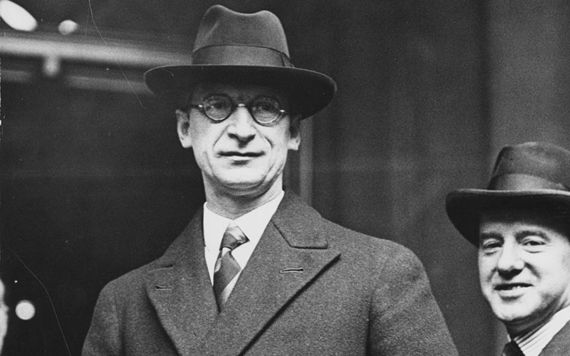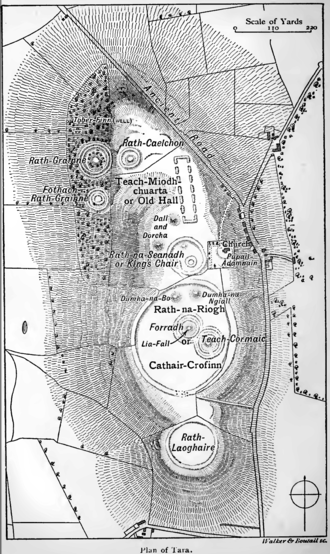
3 September 1939: The Irish Free State enacted a State of Emergency and declared herself Neutral in the Second World War.
Early on the morning of Sunday 3rd September 1939 a marathon session of Dáil Éireann was wound up that gave the Government of Mr Eamon DeValera [President of the Executive Council of the Irish Free State] draconian rights under the Emergency Powers Act to rule the State with an Iron Hand.
The Constitution had the previous day been amended so that Article 28.3.3° now read as follows [with the addenda highlighted in black]:
Nothing in this Constitution shall be invoked to invalidate any law enacted by the Oireachtas which is expressed to be for the purpose of securing the public safety and the preservation of the State in time of war or armed rebellion, or to nullify any act done or purporting to be done in pursuance of any such law. In this sub-section "time of war" includes a time when there is taking place an armed conflict in which the State is not a participant but in respect of which each of the Houses of the Oireachtas shall have resolved that, arising out of such armed conflict, a national emergency exists affecting the vital interests of the State.
‘A time of War’ was therefore officially declared to exist and thus the EPA could be triggered to respond to the rapidly developing situation that now confronted the State.
The Emergency Powers Act empowered the government to:
make provisions for securing the public safety and the preservation of the state in time of war and, in particular, to make provision for the maintenance of public order and for the provision and control of supplies and services essential to the life of the community, and to provide for divers and other matters (including the charging of fees on certain licences and other documents) connected with the matters aforesaid.
This was done as Europe tethered on the brink of widespread War following Nazi Germany’s invasion of Poland. It was expected that a Declaration of War by Britain and France on Germany would shortly be announced. It was a Conflict in which the State could well be embroiled with or without its consent. Dev had already let it be known as early as February that he would remain Neutral and that we would not allow either side to use our territory to be used to attack any belligerent.
As the morning rolled on tension mounted as it became known that the British Prime Minister Neville Chamberlain was due to make an announcement on BBC Radio. As expected he issued a Declaration of War on Germany*. Dev who listened to the speech at home with two of his sons declared that ‘life will never be the same again’.
His day though was far from over. He too had to take to the airwaves and publicly explain where the State stood in relation to these dramatic and dangerous developments that threatened the Peace of Europe. He needed to let the World know that we were Neutral and also reassure the Irish People here that we could see our way through this impending Crises and survive the experience.
He went on Radio Éireann at 10.45 pm that night and declared:
We have decided to keep out of this war; but this will not save us from many of the consequences of the conflict. If it lasts for a long period, it is going to effect everyone of us in our daily lives...But there is no reason why we should be unduly anxious. United and disciplined, we have nothing to fear.
The Irish Free State was far from alone in declaring her Neutrality at this time but she was the only Dominion within the British Commonwealth to do so - much to the chagrin of many in Britain. But it was a policy that had the overwhelming support of the citizens of the State. While the War was to hold many perils & pitfalls it turned out that against the odds and with some deft compromising DeValera managed to keep the State out of it right till the Wars’ end in 1945. The only other sizeable European states that kept their territories intact from invasion start to finish were Sweden, Switzerland, Spain and Portugal.
* France declared later that afternoon.




